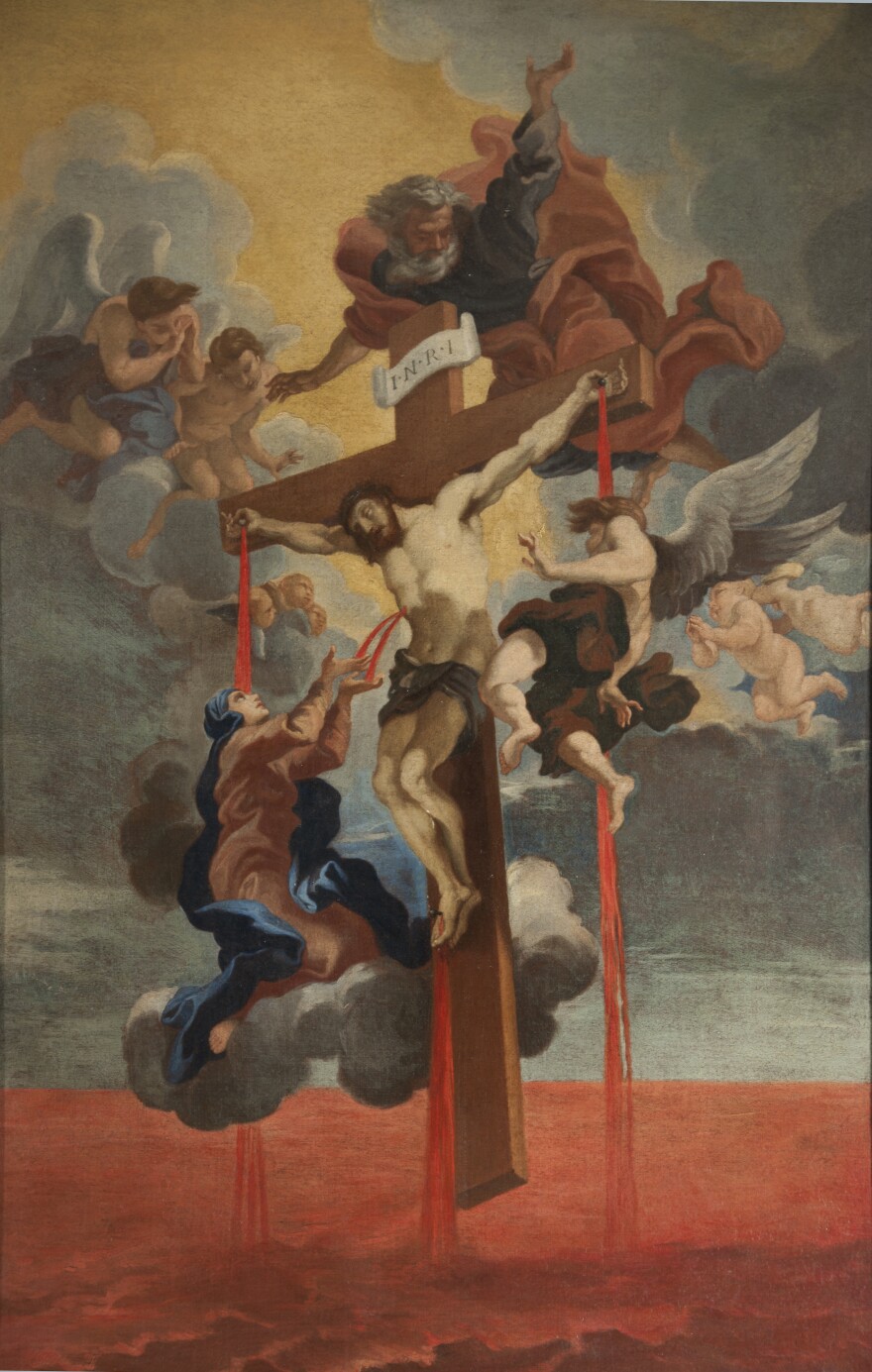Lavish detail, the contrast of light and dark and a sense of drama are all hallmarks of the Baroque era.
More than 50 paintings, sculptures and sketches make up Bernini and the Roman Baroque, Masterpieces from Palazzo Chigi in Ariccia, the one-time home of a prominent Italian family. The exhibit is on display at the Museum of Fine Arts in St. Petersburg starting Saturday.
Museum curator Stanton Thomas says the Chigi family of bankers came to work with and for the Roman Catholic Church.
"And eventually one of the Chigi becomes a Pope and then another one becomes a Cardinal, so they were incredibly important,” Thomas said. “They were major patrons during the era, commissioning works of art -- architecture, paintings, sculpture and decorative art."
The Baroque style flourished thanks to the patronage of the Roman Catholic Church. Some popes set artistic trends by favoring particular artists including Gian Lorenzo Bernini.
From his early days as a child prodigy until his death in 1680 at the age of 82, Bernini remained unchallenged as the foremost sculptor of his time. The artist changed the way sculptures were presented often creating them "in the round," and meant to be seen on all sides from different perspectives.
Over his lifetime, Bernini was commissioned by eight popes to create works that have come to symbolize the grandeur of Rome as the capital of the Catholic Church -- including the design of St. Peter's Basilica. Bernini created the St Peter's Baldachin, the famous large Baroque sculpture in bronze, which serves as a canopy over the altar of the basilica.
"One of the greatest goals of the Baroque was to engage people with faith by using art,” said Thomas.

But the bold and emotionally expressive style rapidly influenced all forms of visual expression and was not simply created solely in service to religion. The exhibition celebrates the work not only by Bernini himself — but by dozens of his fellow artists whose style soon became a cultural phenomenon, spreading from Naples to Venice, Vienna to Paris.
Thomas notes that one of the important pieces in the show is a hanging lamp Bernini designed for the Chigi family.
"The composition is extraordinary,” he said. “It's three, kind of intertwined cupids who are fluttering upwards in these very bold gestures and they're holding aloft this really beautiful gilded crown which is intended for the Virgin Mary. So it's like you're watching a miracle unfold."
And that, Thomas says, was just the point of Baroque, who's ultimate goal was to elevate the viewer’s mind, and soul.
Bernini and the Roman Baroque, Masterpieces from Palazzo Chigi in Ariccia, runs through May 8.




